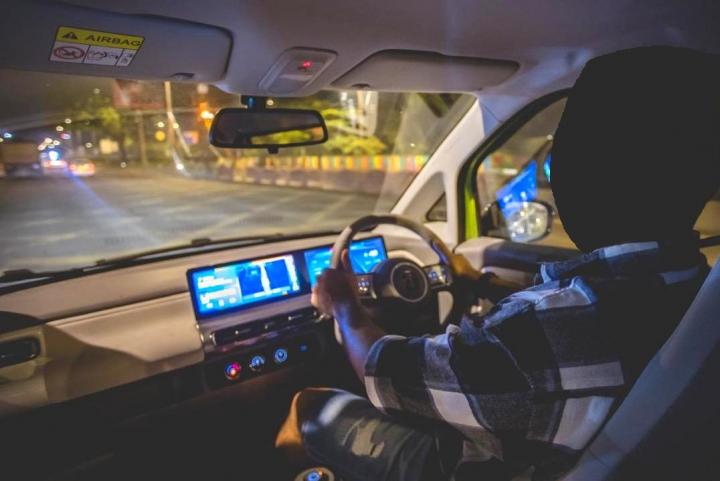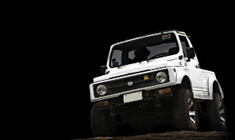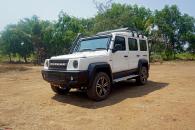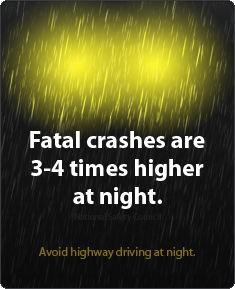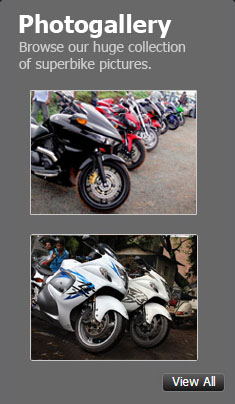News
Driving tips for new electric car owners by an EV owner himself
I have a Tata Nexon EV Max and to me, these points seem to be some of the initial mistakes that all of us make.
BHPian electric_eel recently shared this with other enthusiasts.
- Learn to find the range using the efficiency figures (Wh/km or Km/Kwh) instead of relying on DTE figures. DTE figures are pretty unreliable and depend on the previous drive.
- Establish a slow charging routine based on what is said in the user manual and not by random advice on the internet (even if they are from prominent team-bhpians). In general LFP-based battery packs (Tatas, BYDs etc) it is best to charge till 100 % every time you slow charge; but don't guess, read up the manual.
- For fast charging, it is good to stop at 85% because of two reasons. Firstly beyond 85%, the charging is really slow (you are wasting your as well as other people's time) and secondly, some charging stations are known to give trouble (by not throttling the charging rate) when the battery is nearly full. Whenever possible make sure to do a slow charging to 100% after a few fast charging.
- Learn to drive defensively. This will improve safety as well as improve the range of your car with almost no change in the driving time.
- It seems there is a myth that EVs give better range in city driving than highway driving. This myth is probably due to a lack of understanding of what regen braking is (see the next point).
- Do not assume that Eco mode or for that matter regen 3 is the most efficient. I have got the best efficiency figures till date for Regen 0 in sports mode so far (exactly the opposite of what TATA's inbuilt logic for DTE prediction and their "regen score" in the Zconnect app seems to suggest).
- Efficiency is not the most important thing in life. Safety and ride comfort are more important factors.
Most of these points are said elsewhere but I have collected them as numbered points because these seem to be some of the initial mistakes all of us make. Feel free to add any more tips but keep it short and to the point to make it more useful.
Here's what BHPian Shreyans_Jain had to say about the matter:
For prospective buyers, the single most important piece of advice is, "Buy the biggest battery pack available."
Don’t try to skimp on a lakh or two initially. This extra investment will more than pay off with a better driving experience of the accompanying higher power motor and the peace of mind and less frequent charging allowed by the longer range.
EV owners up north will see their range drop by 10-15% in winter as heaters will be in use. The heater in EV cars sucks up a lot of battery. Range of my Nexon LR has dropped from 280+ margin to 250+ margin, and I expect it to reduce further as temperatures drop. I like a cozy cabin with the auto climate control set at 22-23 degrees.
Here's what BHPian rsidd had to say about the matter:
I have an issue with point 5 since it seems to have little to do with point 6.
Many highway speed limits are 100-120 kmph, and a vehicle's mileage (whether ICE or EV) falls with increasing speed after a point, rather sharply after 80 kmph. Few of us can restrain ourselves to that speed in a nice car on an empty highway. In a petrol car, you can just refuel sooner than you wanted but in an EV you may run out before your planned stop. So, highway efficiency may be equal to the city if you stick to below 80kmph. (This applies to Nexons etc, more aerodynamic cars may be able to go faster.)
About point 6, does that also apply to city driving? But apart from efficiency I just find the pedal feel in eco mode the best. (Nexon EV max)
Here's what BHPian electric_eel replied:
My point is that most people automatically assume that regen is the best way to increase range based on misguided advice on the internet (even an otherwise well-informed "Talking Cars" episode says this), subliminal suggestions from DTE predictions (TATA cars), "Driving score" regenerative efficiency figures and what not. People lose the big picture that Regen is only to save the energy that we are forced to waste while braking. It is more efficient to just reduce braking (and acceleration).
I have got a significantly better range at 70-80 on highways (110 Wh/km is routine) than city driving (120-130 Wh/km). For highways that I drive on, going beyond these speeds is not advisable anyway from the safety point of view (we are talking about Kerala highways) and gives only marginal improvements in average speeds.
Now for expressway speeds (100-120). It is true that higher speeds means higher wind resistance but I am unsure what is the threshold speed at which it becomes the dominating factor. Maybe when you push the speeds to 100-120 you are also doing more acceleration deceleration, or if you are using cruise control then the associated loss in efficiency is pitching in. I do not know for sure.
The main point is if you can drive at constant speeds then regen 0 is the best. But in city traffic it is difficult. For Kona (which I drove very briefly) there are two things which can make sports mode attractive. It has a milder regen and it has paddle shifters based purely on regen braking all the way till stop. So I think it would give better efficiency in sports mode always (city/highway wherever). Nexon Max probably not.
Check out BHPian comments for more insights and information.



